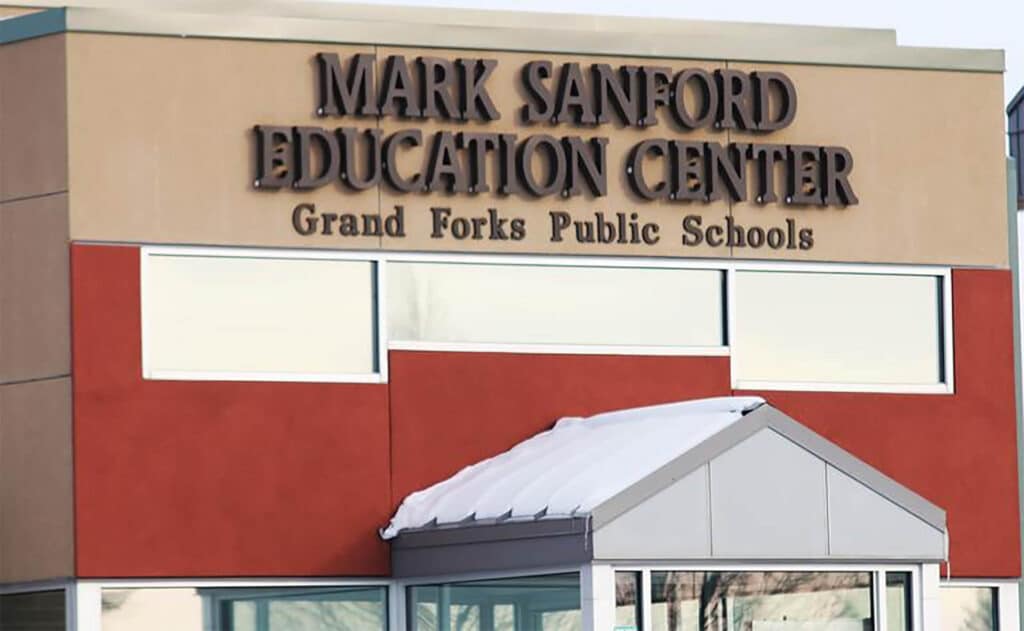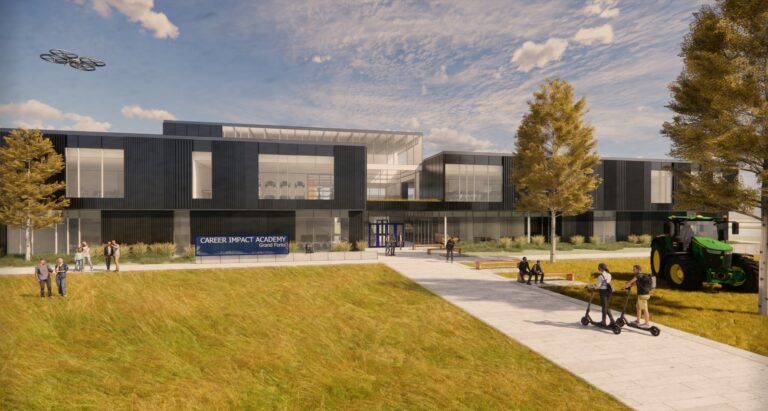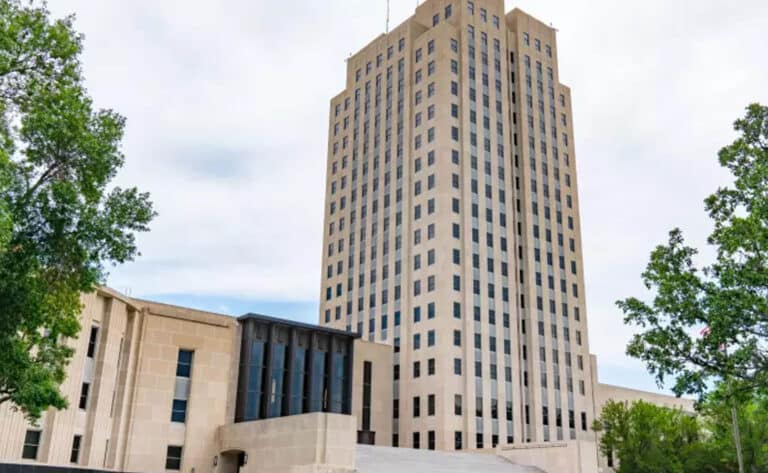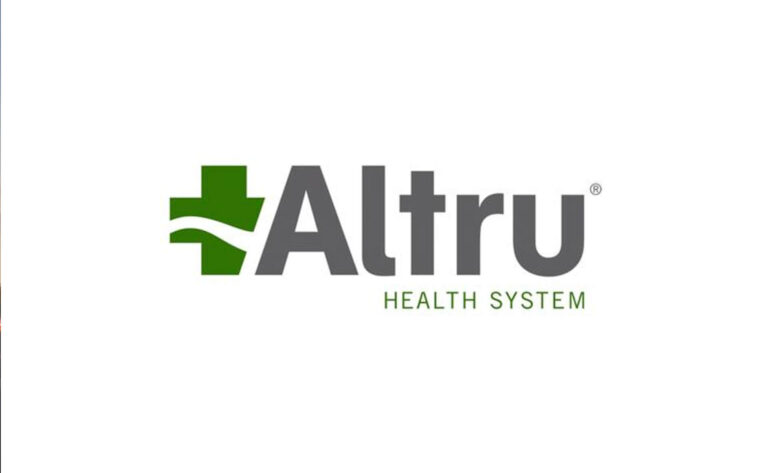School district administrators have organized a Sept. 28 vote that will decide if the district can increase residents’ property taxes by 10 mills. If approved, the referendum would mean a $94.64 increase to the property taxes paid each year by the owner of a $210,300 home – the median value in Grand Forks – and a further $2.5 million each year for the district, whose administrators have put together a $260.9 million list of problems at the 17 schools they maintain.
“This two and a half million (dollars) is definitely not a ‘get out of jail free’ card,” Chris Arnold, the district’s director of buildings and grounds, told the Herald. “It’s a start for us to at least start figuring out, ‘OK, how do we dig ourselves out of the massive hole we got into?’”
But prior estimates – at least those given to the Herald – put the district’s total “deferred maintenance” costs at about $77 million as recently as August 2020. How did that figure rise so dramatically? And how did the district’s facilities woes get so bad in the first place?
The $77 million figure comes from a study by JLG Architects. The report, a “long-range facility assessment and master plan” published in 2017 for a 2018 biennial public forum, says the district’s “potential investments over 15 years exceeds 77 million dollars.” The report’s authors also make clear that it does not encompass every building deficiency in the district and, instead, aims to “provide a framework and starting point for future decisions.”
The $260.9 million figure, which district staff presented at a sobering Grand Forks City Council meeting on Monday, comes from a more complete accounting of the district’s maintenance needs that incorporates the JLG report plus dozens of projects that weren’t covered in it, price estimates for which come from projects the district has previously bid out, estimates put forth by architects and contracts, and internet searches. Arnold said district staff started compiling the list a couple of months ago.
“This is likely the most comprehensive list … that the district has ever had in probably the last 20 years,” Arnold said.
That means it encompasses parking lots and other spots beyond the walls of the school buildings themselves, Americans with Disabilities Act compliance, sprinkler system replacements, as well as some “programmatic” plans that would, for instance, repurpose some rooms at a school to make the entrance more secure. Those plans aren’t maintenance plans per se, but, Arnold indicated, the district can fix or replace mechanical or electrical systems while the building is being renovated anyway.
“If we knock out a programmatic problem, we’re likely to lower that deferred maintenance number down,” Arnold said, “but we also have to have enough money to do the programmatic improvement to start with.”
The district currently levies a 10-mill tax on property owners that puts about $2.5 million annually into a building fund. That fund is meant to pay for the type of larger-scale projects that aren’t covered by day-to-day maintenance budgets, such as new boilers, skylights, roofing projects and so on.
But Grand Forks Public Schools is instead spending the $2.5 million that goes into that building fund each year, plus about $100,000 from the district’s general fund, on debt repayments. The district owes its creditors about $27.7 million spread across a handful of bond issuances and other loans. Its payments knock down about $1.3 million worth of the principal on those debts each year, according to Business Manager Scott Berge.
The district could have a “sinking fund” designed to pay back its debts, but it levies no taxes to put money into that fund, which means the building fund functions as a sort of ad hoc sinking fund. A sinking fund would be created and funded if voters approve it. That’s what would have happened if voters had approved the district’s $86 million referendum vote earlier this spring to pay for a lengthy building and grounds plan.
Berge said a deluge of federal funding after the Flood of 1997 went toward rebuilding or refurbishing schools, but voters haven’t approved a vote that would bring in extra cash for the district’s building needs since the early 1990s. It means that revenue stream has stayed more or less the same for decades.
He said Grand Forks Public Schools’ per-student spending on routine maintenance – cleaning, replacing lightbulbs, redoing gym floors, etc. – is about the same as other large school districts in North Dakota, but the amount it receives for longer-term maintenance and debt repayments is considerably smaller.
“That’s where we haven’t kept up,” Berge said.
That additional $2.5 million the new tax would bring in each year, assuming voters approve the referendum, would allow the district to put some money in reserve for some of those larger-scale projects, Arnold, the building and grounds director, said.
“Our goal is to take a portion of that money, maybe 50 percent of it, invest it into our properties, try to take care of emerging issues, urgent issues, emergencies, whatever they are,” he said, “and then take the other half of that money and try to stick it away and allow us to build a construction account for the rainy day that’s ahead.”
On June 22, Grand Forks voters rejected the district’s proposal to increase mills. Although it received a majority – 54.6% – of votes, the proposal failed to get the required 60% approval. Also rejected with 30.77% of the vote was a district plan to issue $86 million worth of bonds to finance a district building plan, the crown jewel of which was a proposal to build a $64 million K-8 school in northern Grand Forks.
Superintendent Terry Brenner, who was not available for comment for this article, told City Council members on Monday that the relatively narrow margin of defeat for the mill increase was encouraging.
Eastside construction
Across the Red River, East Grand Forks Public Schools’ four buildings were constructed after the flood, which means all four have been due for a lot of the same long-term work at about the same time. But East Grand Forks receives about $800,000 each year for long-term maintenance from Minnesota’s state government. The district has also set aside for bond repayments a considerable portion – but not all – of that state aid.
School district officials in November 2020 approved the sale of $8.39 million worth of bonds to pay for new roofs, renovate parking lots, and other long- and medium-term work at Central Middle School, New Heights Elementary, and South Point Elementary. Construction on those projects has been taking place throughout this summer; Superintendent Mike Kolness told the Herald in July that the district is “taking care of business” for all three of those buildings.
Voters there in 2015 narrowly approved the bonds for a $20.6 million renovation at East Grand Forks High School.





